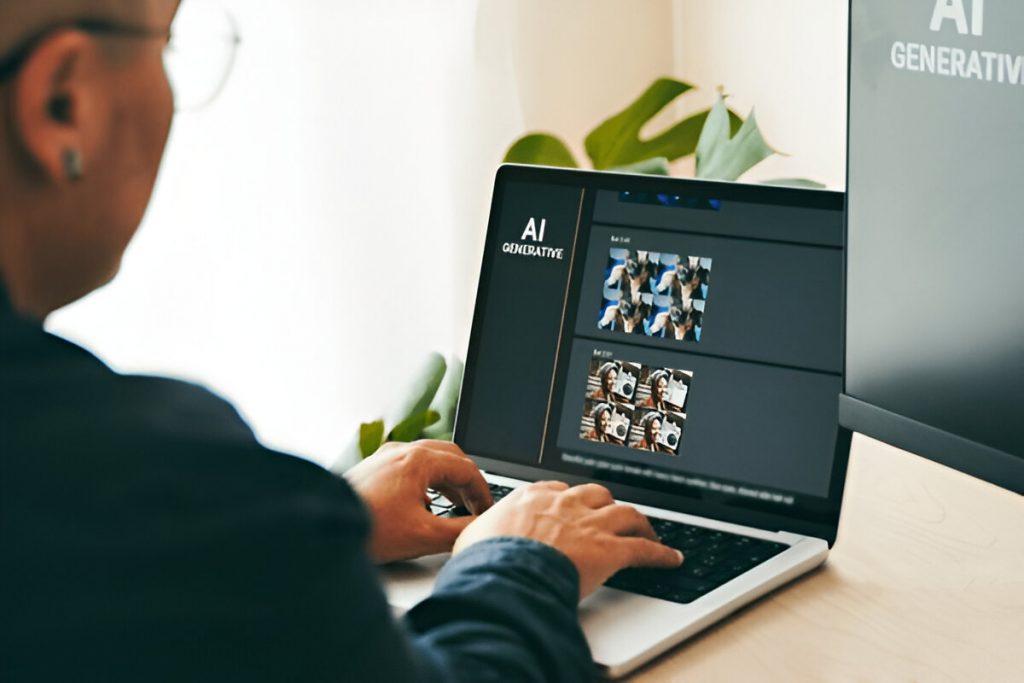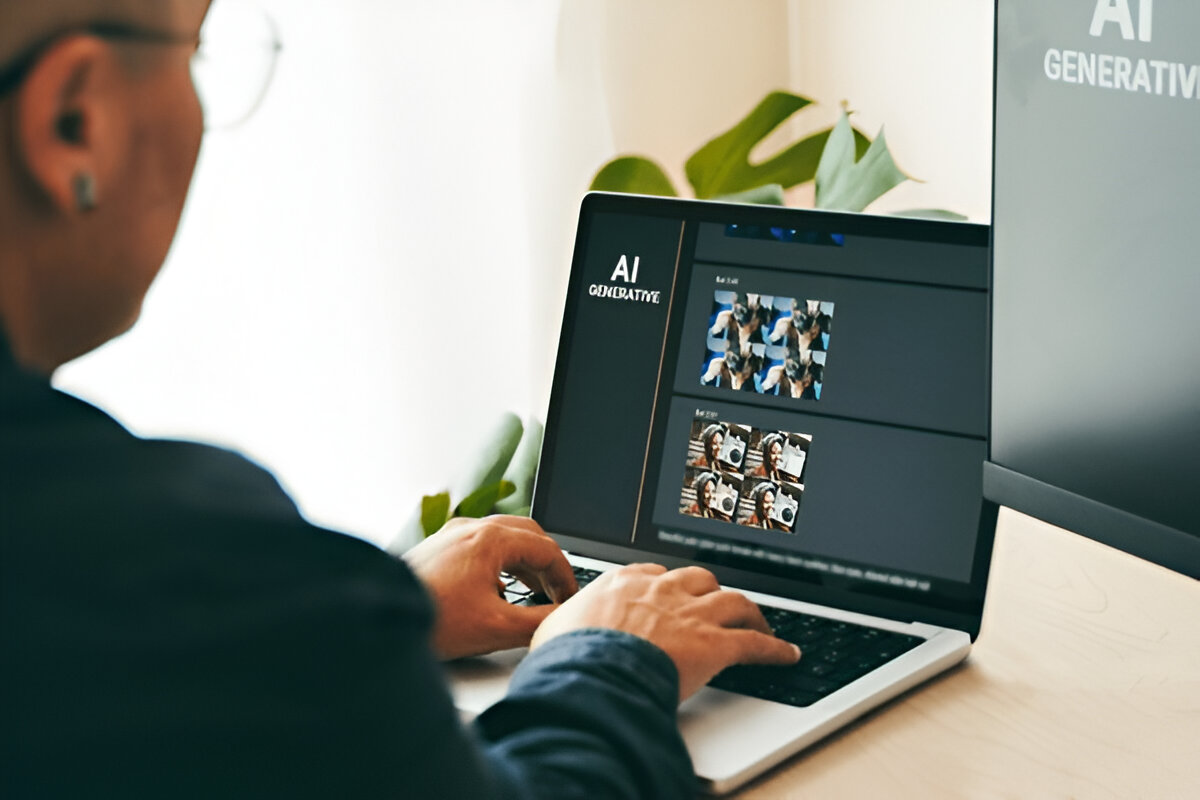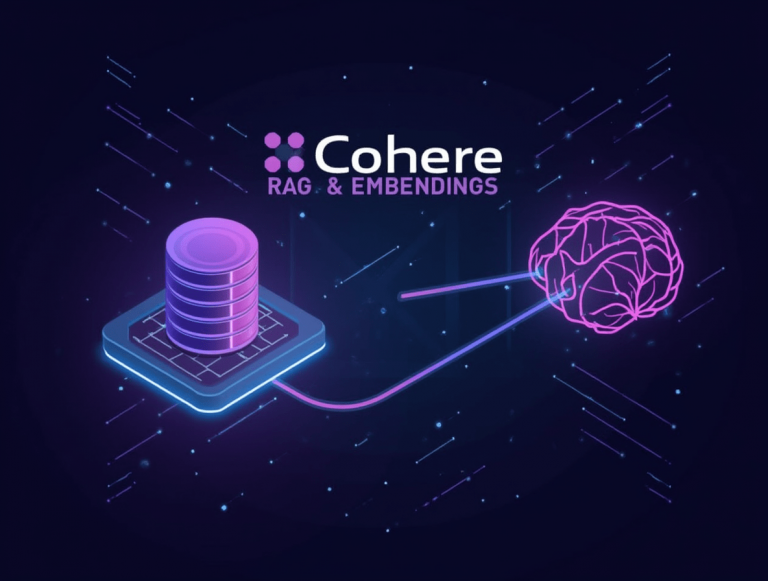
Stable Diffusion is one of the most powerful open-source AI image generators, allowing users to create high-quality AI art locally. Unlike cloud-based solutions like Midjourney, Stable Diffusion runs on your own computer, giving you full control over AI-generated images, custom models, and advanced settings. This guide walks you through how to install, set up, and optimize Stable Diffusion on your machine.
1. System Requirements for Running Stable Diffusion
To run Stable Diffusion efficiently, your computer should meet the following requirements:
✅ Operating System: Windows, macOS, or Linux
✅ GPU: NVIDIA (RTX 2060 or better recommended) with at least 6GB VRAM
✅ RAM: Minimum 8GB (16GB+ recommended for better performance)
✅ Storage: At least 10GB of free space for models and cache
✅ Software: Python 3.10+, Git, and a compatible Stable Diffusion interface
2. How to Install Stable Diffusion Locally
Step 1: Download & Install Python & Git
- Download Python 3.10+ from python.org.
- Install Git from git-scm.com.
- During installation, check “Add Python to PATH” to avoid issues.
Step 2: Download Stable Diffusion Web UI (Automatic1111)
- Open a Command Prompt (Windows) or Terminal (Mac/Linux).
- Clone the repository by running:
git clone https://github.com/AUTOMATIC1111/stable-diffusion-webui.git - Navigate into the directory :
cd stable-diffusion-webui
Step 3: Download a Stable Diffusion Model
To generate images, you need a trained AI model:
- Download Stable Diffusion v1.5 or v2.1 models from Hugging Face.
- Save the
.ckptor.safetensorsfile in themodels/Stable-diffusion/folder.
Step 4: Install Dependencies & Run the Web UI
- Run the following command to install required libraries:
./webui.sh # (Linux/macOS) webui.bat # (Windows) - Wait for the installation to complete.
- Once done, access the Web UI in your browser at:
http://127.0.0.1:7860/
3. Optimizing Stable Diffusion Performance
3.1 Reduce VRAM Usage for Low-End GPUs
- Use the
--medvramor--lowvramflag when launching:webui.bat --medvram # Windows ./webui.sh --medvram # macOS/Linux - Use xformers to improve efficiency:
webui.bat --xformers
3.2 Enable High-Resolution Image Generation
- Use txt2img for text-based prompts.
- Enable img2img for refining AI-generated images.
- Adjust the sampling steps (25–50 recommended for better details).
4. Advanced Features: Fine-Tuning & Custom Models
4.1 Using Custom Models & LoRAs
- Download fine-tuned models from CivitAI.
- Place them in the
models/Stable-diffusion/directory. - Select the model from the Web UI before generating images.
4.2 Inpainting & Outpainting for Image Editing
- Use inpainting to edit specific areas of an image.
- Use outpainting to extend AI-generated images beyond their borders.
5. Common Issues & Troubleshooting
| Issue | Solution |
|---|---|
| Black/blank images | Lower batch size, reduce VRAM usage |
| Slow generation times | Upgrade GPU drivers, enable xformers |
| Installation errors | Ensure Python, Git, and dependencies are correctly installed |
Conclusion
Running Stable Diffusion on your own computer gives you full creative control, customization, and privacy. By following this guide, you can install, optimize, and generate AI art locally without relying on cloud services. Whether you’re a digital artist, designer, or AI enthusiast, setting up Stable Diffusion is an excellent way to explore AI-powered creativity.
















